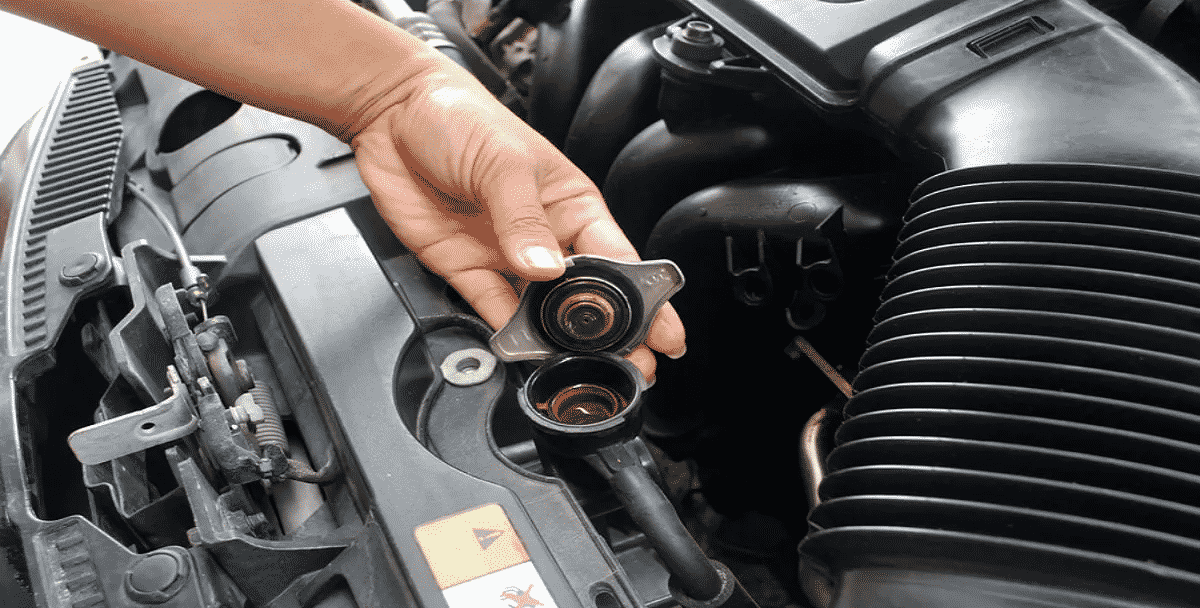
How to Identify and Repair Car Radiator Problems
If your car’s radiator is not working properly, it can lead to a lot of problems. Not only will your car run hotter than normal, but you could also end up with a seized engine. In this blog post, we will discuss how to identify and repair car radiator problems. We will also provide some tips on how to prevent these problems from happening in the first place.
What is the Radiator?
The radiator is responsible for cooling the engine by circulating coolant throughout the engine block. The radiator is made up of a series of metal fins that help to dissipate heat. The coolant is then circulated back through the radiator where it picks up more heat from the engine.
Common Radiator Problems
There are a few different problems that can occur with the radiator. These problems can range from minor to serious, and they can be caused by a variety of different factors. If you notice that your car is running hotter than usual, this could be an indication that there is a problem with the radiator. The most common cause of this is a leak in the radiator. A leak in the radiator can cause the coolant to escape, which will cause the engine to run hotter. Another common problem that can occur with the radiator is a build-up of debris. This debris can come from a variety of sources, such as the engine itself or even the coolant. When this debris builds up, it can block the flow of coolant through the radiator. This can cause the engine to overheat. In some cases, the radiator itself can become damaged. This damage can be caused by a variety of things, such as a collision or even just normal wear and tear. When the radiator is damaged, it may not be able to effectively dissipate heat, which can lead to the engine overheating.
Repairing Radiator Problems
If you have a problem with your radiator, it is important to get it fixed as soon as possible. The longer you wait to fix the problem, the more damage that can be done to your engine. If you have a leak in your radiator, the first thing that you need to do is find the source of the leak. Once you have found the source of the leak, you can then repair it. In some cases, you may be able to simply replace the gasket or hose that is leaking. However, in other cases, you may need to replace the entire radiator. If you have a build-up of debris in your radiator, you will need to remove it. The best way to remove the debris is to flush the radiator. You can do this by running water through the radiator. However, you should only use distilled water. Using tap water can cause the debris to become stuck in the radiator. If the radiator is damaged, you will need to replace it. In some cases, you will need to purchase a new radiator.
Preventing Radiator Problems
There are a few different things that you can do to prevent radiator problems. One of the best things that you can do is to regularly check the level of coolant in your radiator. You should also check for leaks on a regular basis. Another thing that you can do to prevent radiator problems is to use the proper type of coolant. Using the wrong type of coolant can cause a build-up of debris in your radiator. Finally, you should have your radiator flushed on a regular basis. Flushing the radiator will remove any debris that has built up in it. It will also help to keep the coolant at the proper level. If you follow these tips, you can help to prevent radiator problems.

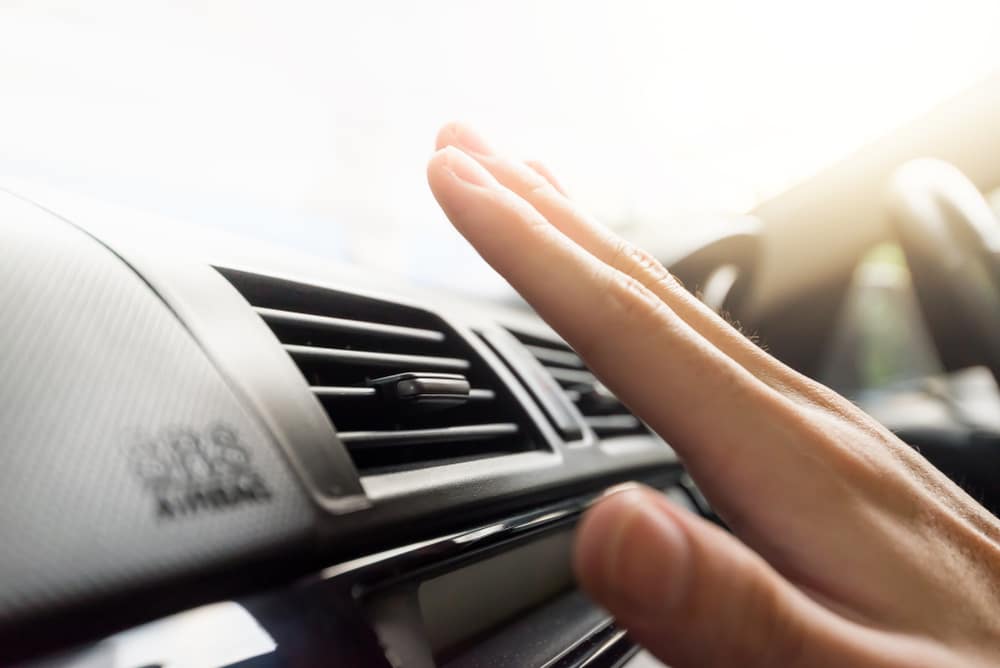
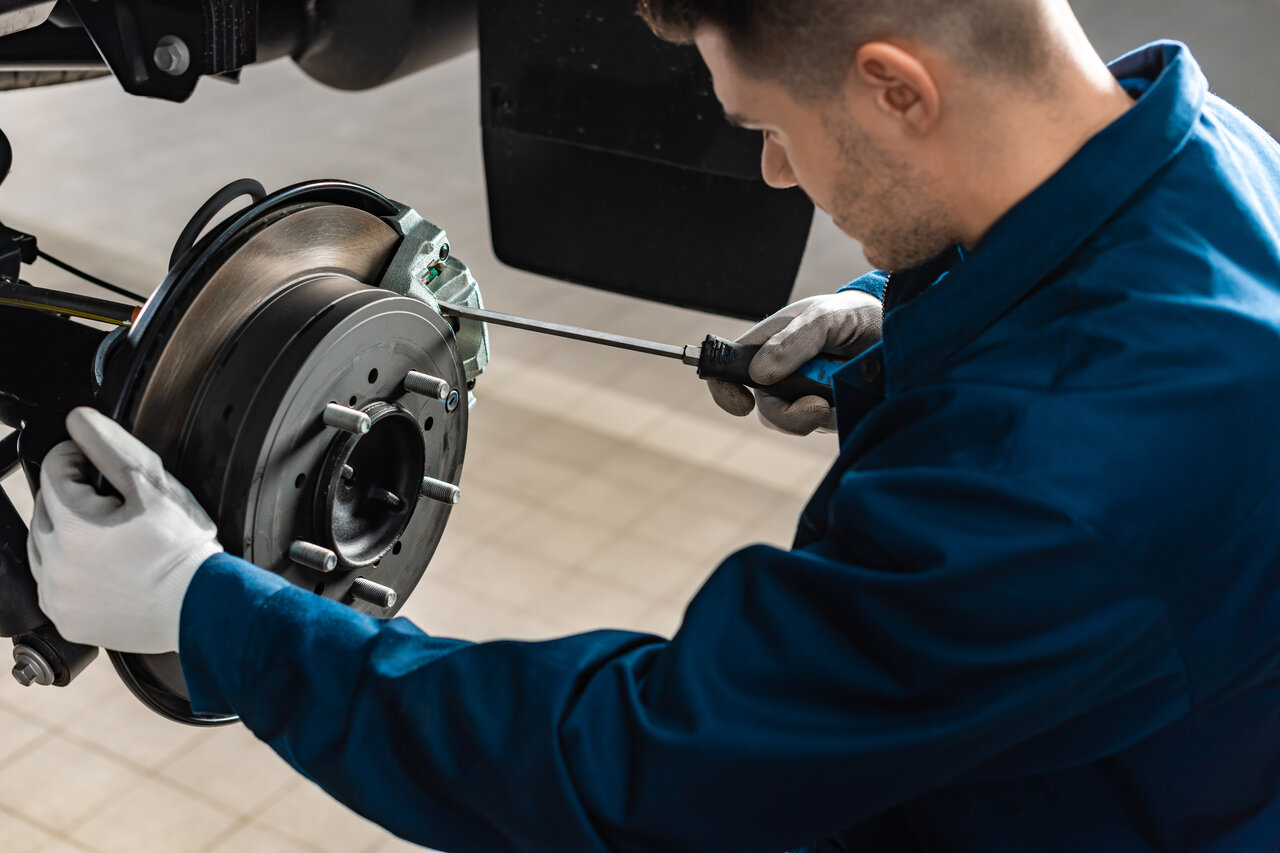
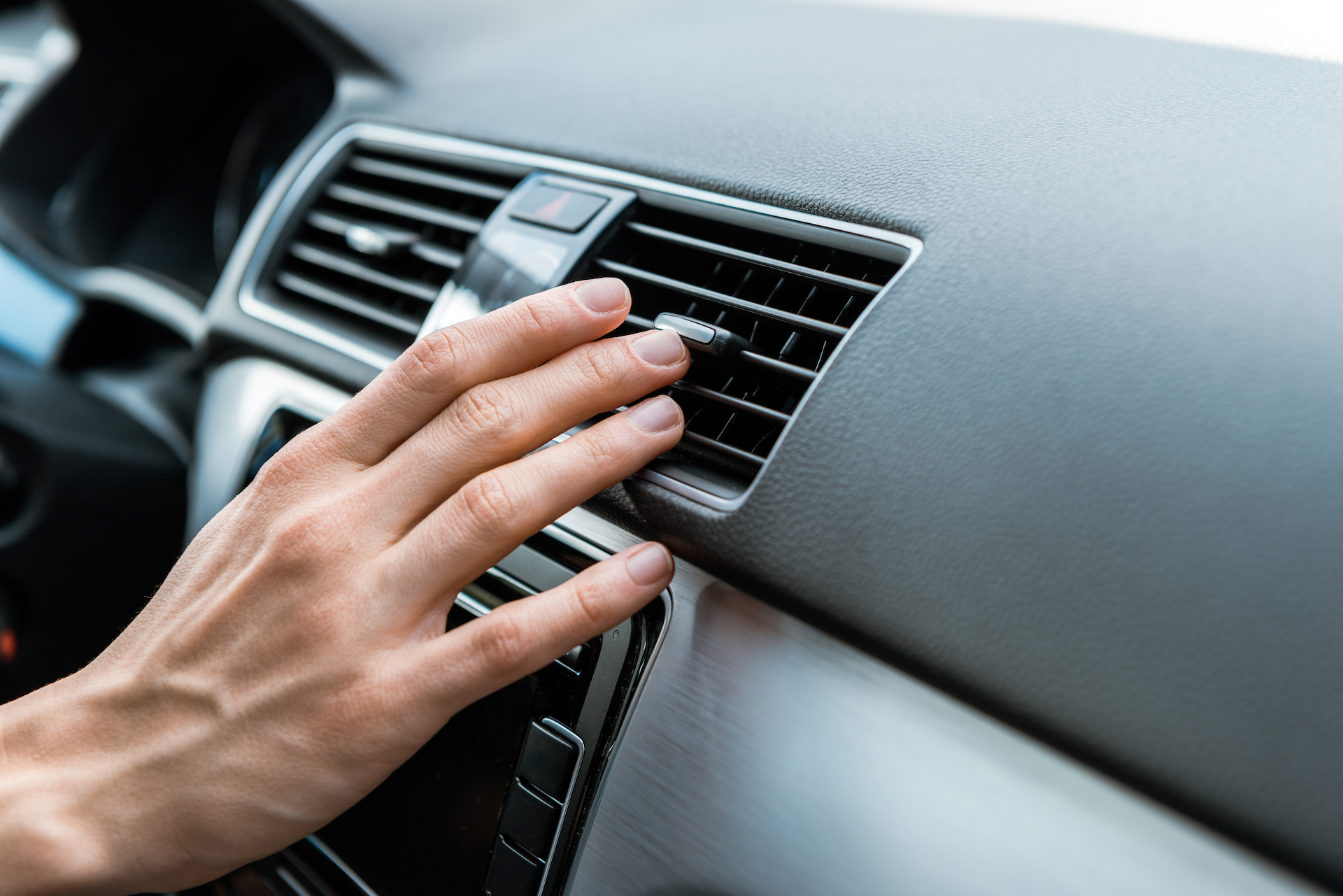
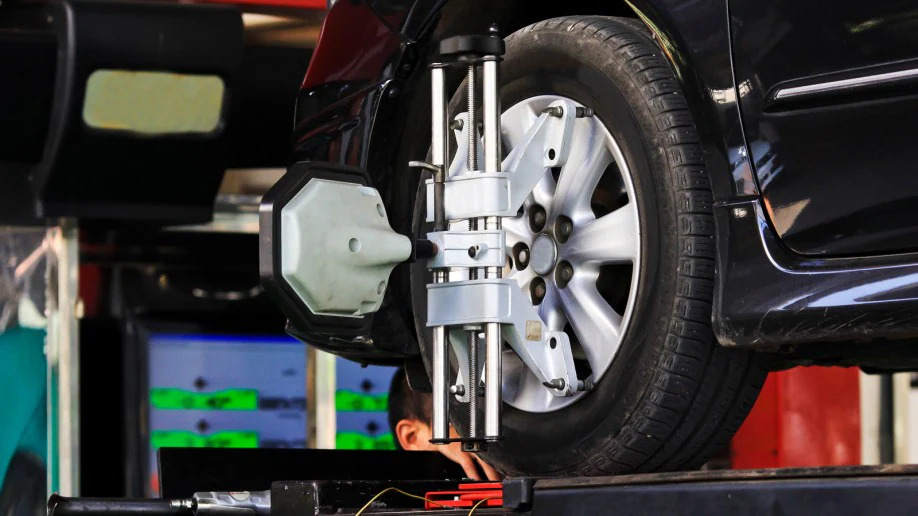
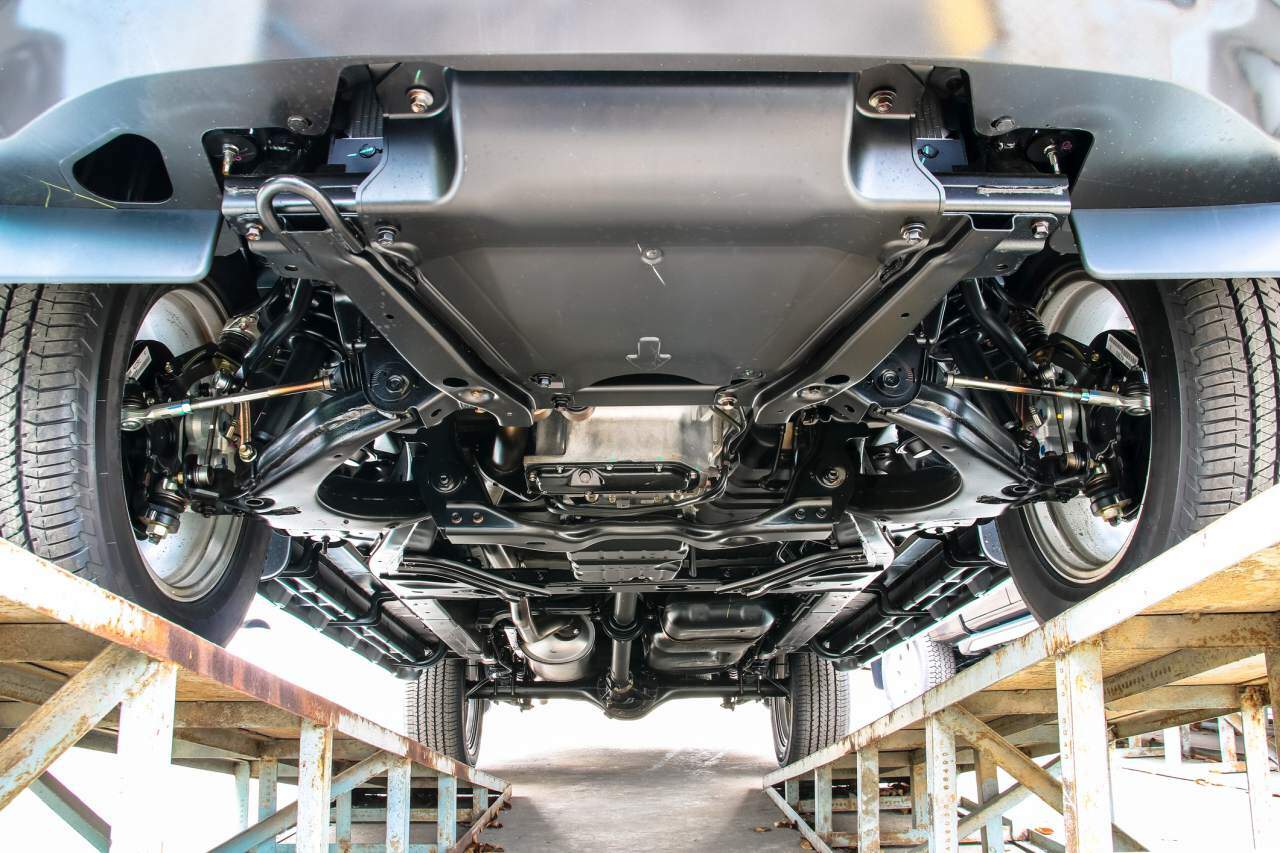
comments 0